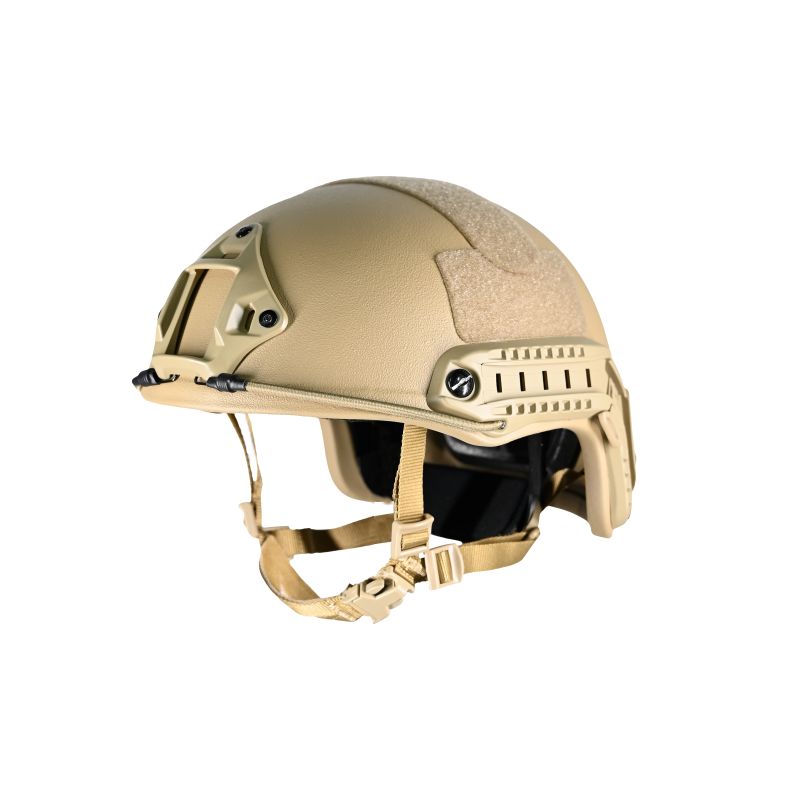What makes a helmet bulletproof?
2024-05-14
A bulletproof helmet, also known as a ballistic helmet, is designed to protect the wearer's head from ballistic threats such as bullets and shrapnel. Several key factors contribute to making a helmet bulletproof:

1. Materials: Bulletproof helmets are typically constructed using advanced materials designed to withstand the impact of bullets and other ballistic threats. These materials often include aramid fibers such as Kevlar, ultra-high-molecular-weight polyethylene (UHMWPE), and composite ceramics. These materials are chosen for their high strength-to-weight ratio and ability to absorb and disperse the energy from ballistic impacts.
2. Layered Construction: Bulletproof helmets are often constructed with multiple layers of ballistic material. These layers work together to absorb and dissipate the energy of incoming projectiles, reducing the likelihood of penetration. The specific design and arrangement of these layers can vary depending on the helmet's intended level of protection and the types of ballistic threats it's meant to withstand.
3. Helmet Shape and Design: The shape and design of a bulletproof helmet play a crucial role in its ballistic protection capabilities. Helmets are often engineered to provide coverage to vital areas of the head while remaining lightweight and comfortable for the wearer. Some helmets feature additional protective elements such as ear and neck protection, visors, and accessory attachments.
4. Ballistic Ratings: Bulletproof helmets are tested and certified to specific ballistic protection standards, such as those established by the National Institute of Justice (NIJ) in the United States or the Centre for the Protection of National Infrastructure (CPNI) in the United Kingdom. These standards define the minimum level of protection that a helmet must provide against various types of ballistic threats, including handgun rounds, rifle rounds, and fragments.
5. Retention System: A secure and properly fitting retention system is essential for ensuring that a bulletproof helmet stays in place during ballistic impacts. Most helmets feature adjustable straps and padding to customize the fit to the wearer's head and provide stability and comfort.
6. Weight and Comfort: While ballistic protection is paramount, helmet manufacturers strive to balance protection with weight and comfort. Heavy helmets can cause fatigue and discomfort over extended periods, so efforts are made to minimize weight while still providing adequate protection.
Overall, a combination of advanced materials, layered construction, thoughtful design, ballistic testing, and comfort considerations contribute to making a helmet bulletproof and effective at protecting the wearer from ballistic threats.


